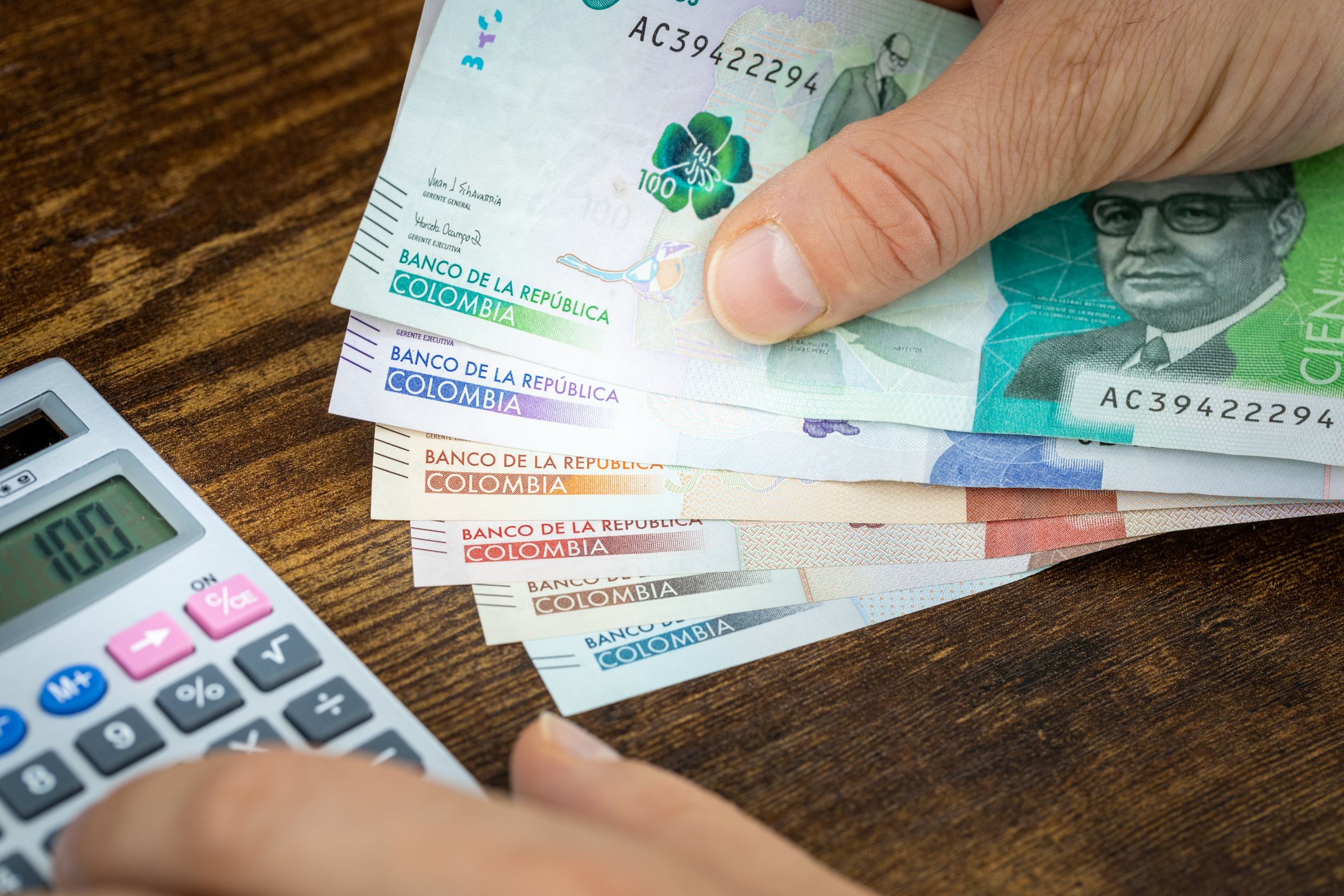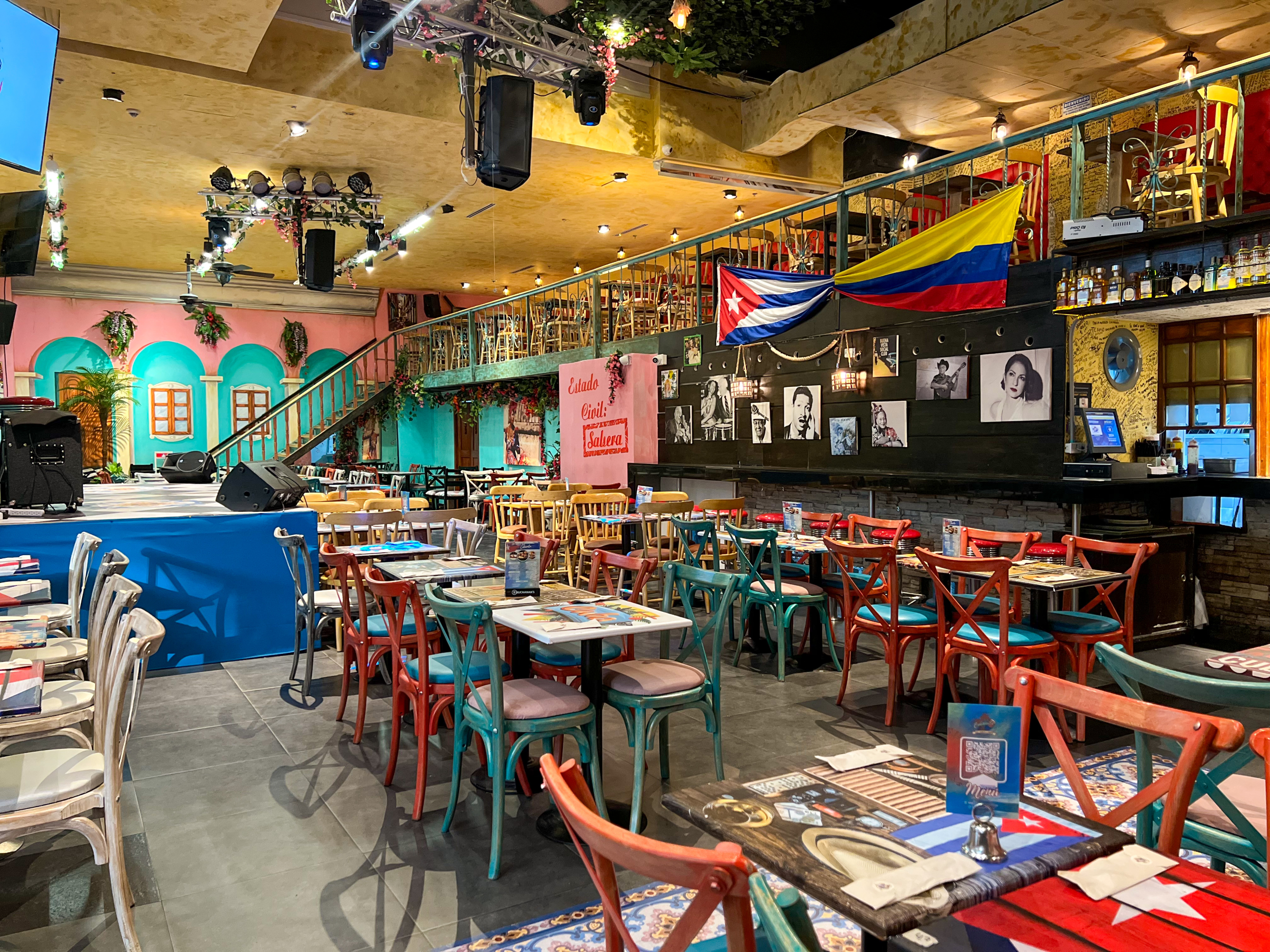Colombia's inflation rose again, reaching 5.16% annually in April.

According to the National Administrative Department of Statistics (DANE), inflation rose to 5.16 percent annually in April, having stood at 5.09 percent in March.
"We've seen a leveling off around these values in recent months," said Dane director Piedad Urdinola. In April of last year, inflation was 7.16 percent.
Regarding monthly inflation, it was 0.66 percent in April 2025, while year-to-date inflation stands at 3.30 percent (above the Bank of the Republic's target of 3 percent).

Photo: iStock
For César Pabón, director of Economic Research at Corficolombiana, the inflation data released by DANE is "bad news."
"April inflation was 0.66 percent, well above the 0.48 percent expected. Food and regulated items were the main upward surprises. Core inflation even rebounded, rising from 4.84 percent in March to 4.90 percent in April," he stated.
Furthermore, César Pabón stated that "the Bank of the Republic now faces greater challenges in an already complex context," as its main task is to control inflation through its monetary policy interest rate, which is currently at 9.25 percent.
"Amid the high risk premium and volatile currency dynamics, the Central Bank of the Republic may opt to maintain a cautious stance in the easing cycle, following the 25 basis point cut made at the April meeting," said Carolina Monzón, manager of Economic Research at Banco Itaú Colombia.
The annual inflation rate in April was primarily explained by fluctuations in the prices of accommodation, water, electricity, gas, other fuels, food, and non-alcoholic beverages.

Photo: iStock
In this regard, the president of AmCham Colombia, María Claudia Lacouture, pointed out that the increase in electricity and gas prices—driven by increased imports—should be read carefully.
"They are key inputs for many sectors, and their rising prices act as a cost multiplier in the economy. This indicator demands a responsible reading and reinforces the urgency of reactivating the economy, starting with exploration to strengthen energy self-sufficiency and reduce external vulnerabilities," he commented.
The largest increase was recorded in the Restaurants and Hotels division, at 7.71 percent year-over-year. The largest price increases were recorded for food in cafeterias, meals in table-service and self-service establishments, and hot beverages.
On the other hand, the smallest increases were reported for spending at nightclubs, bars, grills, taverns, inns, and shops, both indoors and outdoors; accommodation services at hotels, guesthouses, inns, hostels, and motels; and soda and other soft drinks at table-service and self-service establishments.

Photo: Courtesy of Cubanita
DANE also highlighted that the largest contributions to the annual inflation rate were recorded in imputed rent, meals at table-service and self-service establishments, and rent. Meanwhile, the smallest contributions came from mobile phone equipment, rice, and sugar.
Regarding inflation by city, Bucaramanga recorded the highest figure, at 6.49 percent. It was followed by Pereira (6.18 percent), Bogotá (5.66 percent), Ibagué (5.56 percent), and Armenia (5.44 percent).
On the contrary, the cities that reported the lowest percentages were: Santa Marta (1.18 percent), Riohacha (2.91 percent), Valledupar (3.65 percent), Barranquilla (3.84 percent) and Tunja (3.86 percent).
eltiempo





